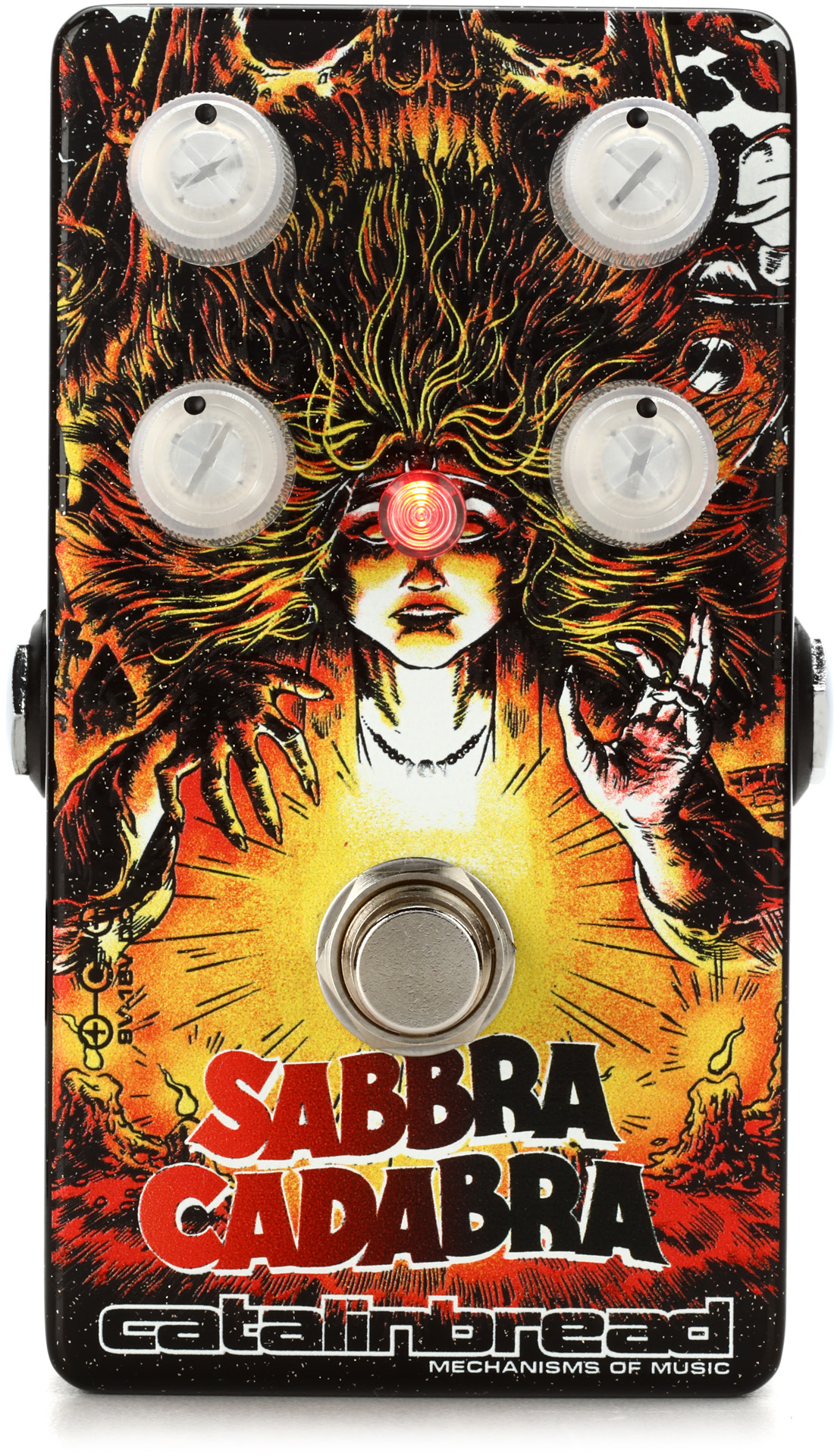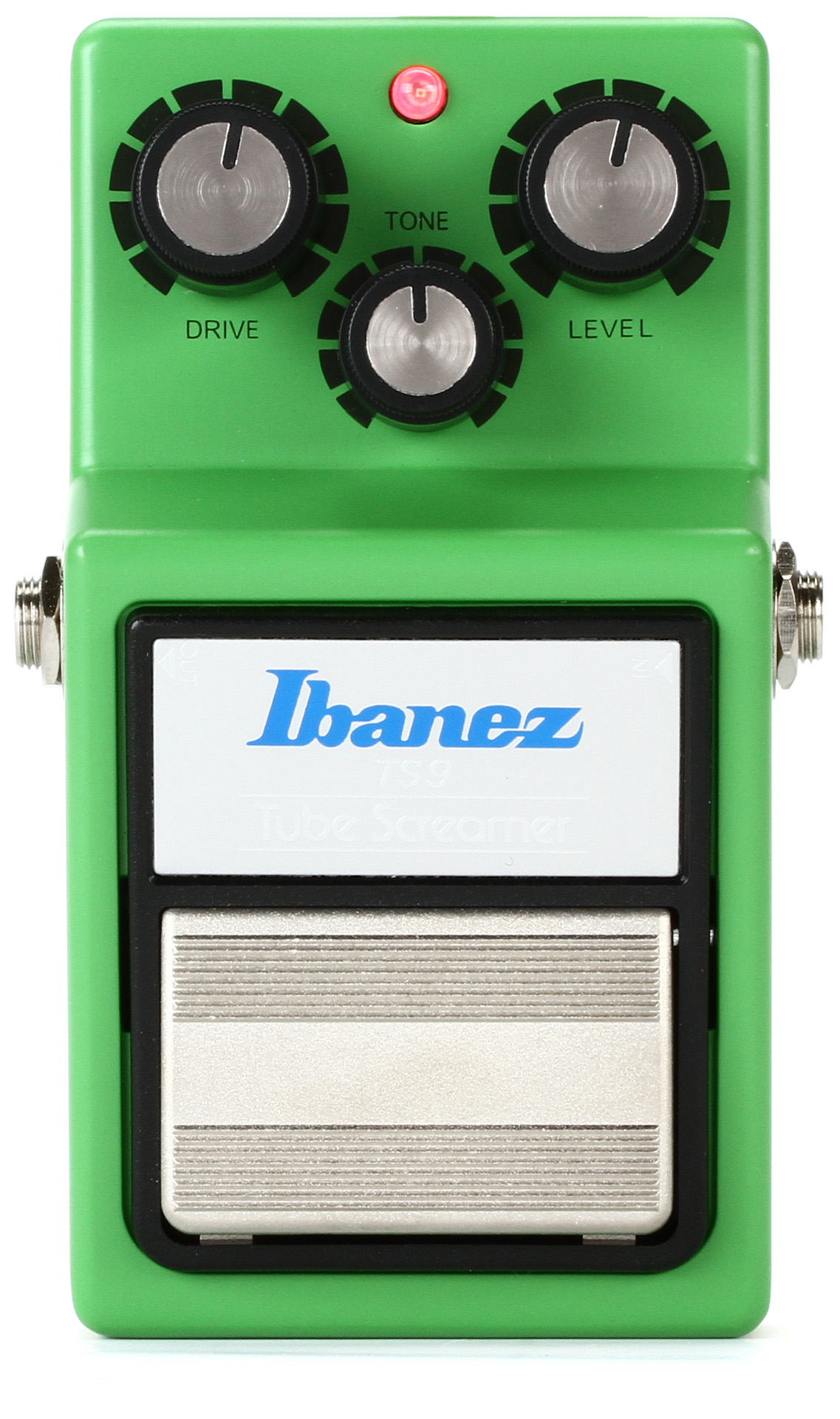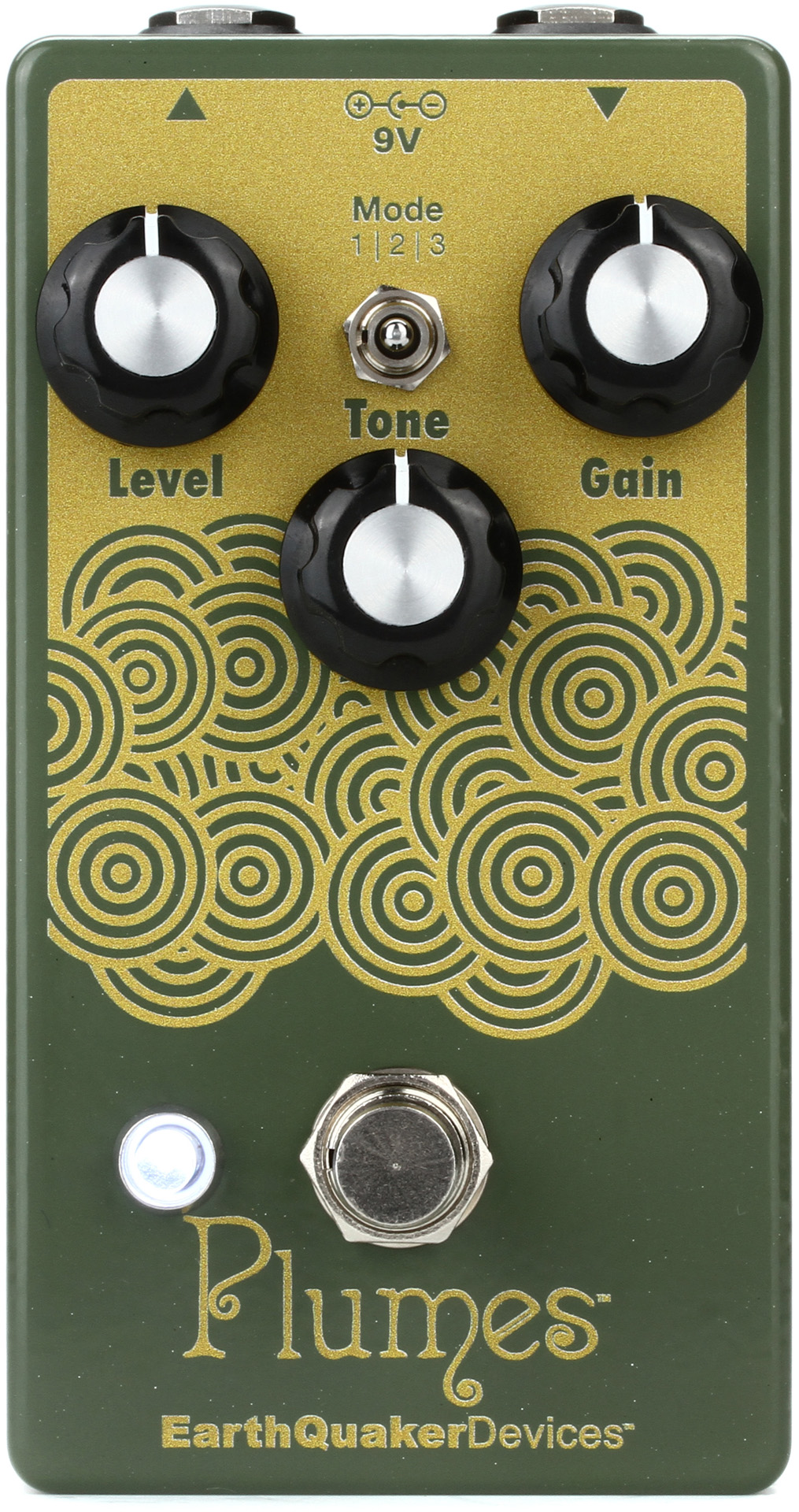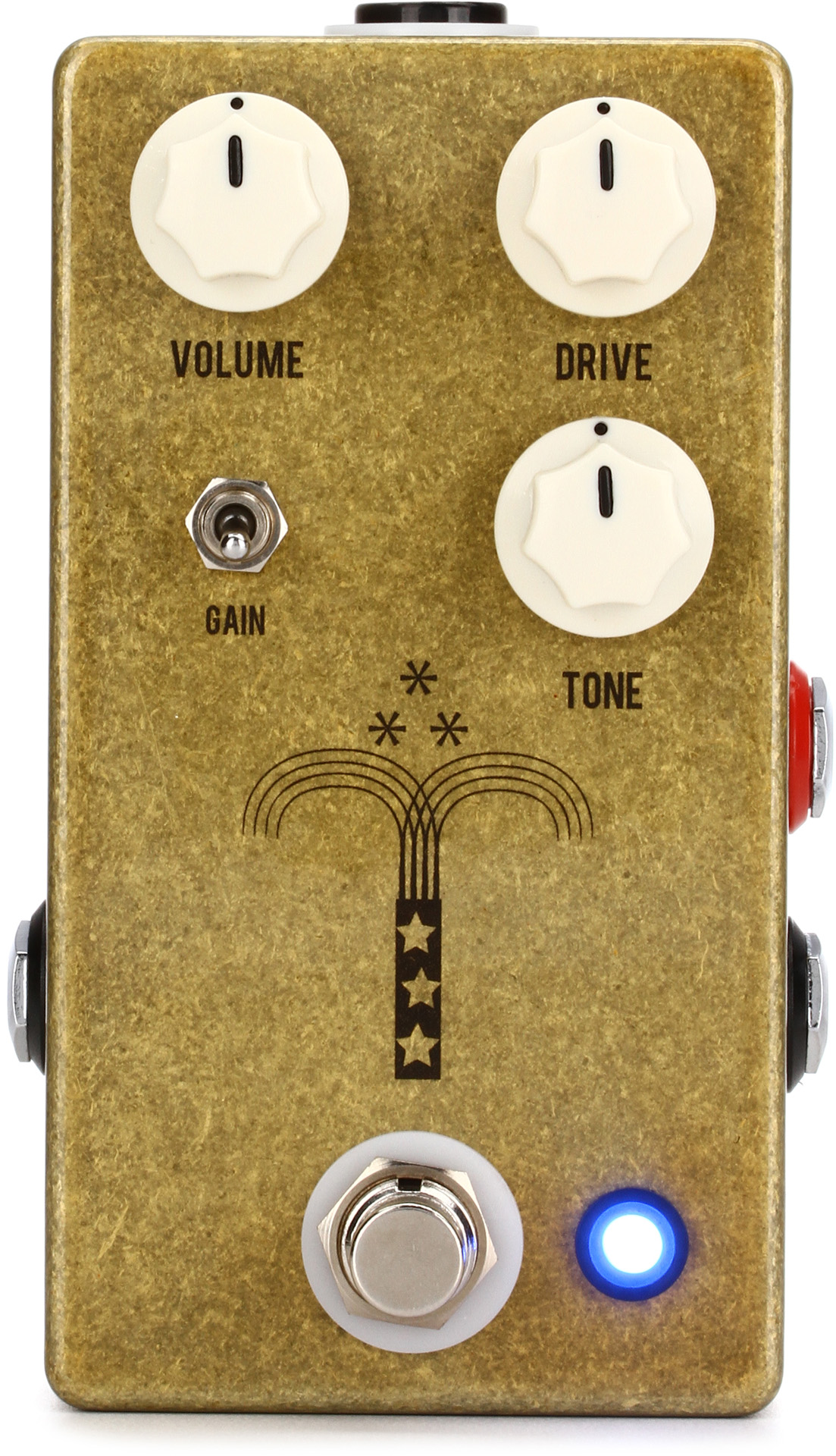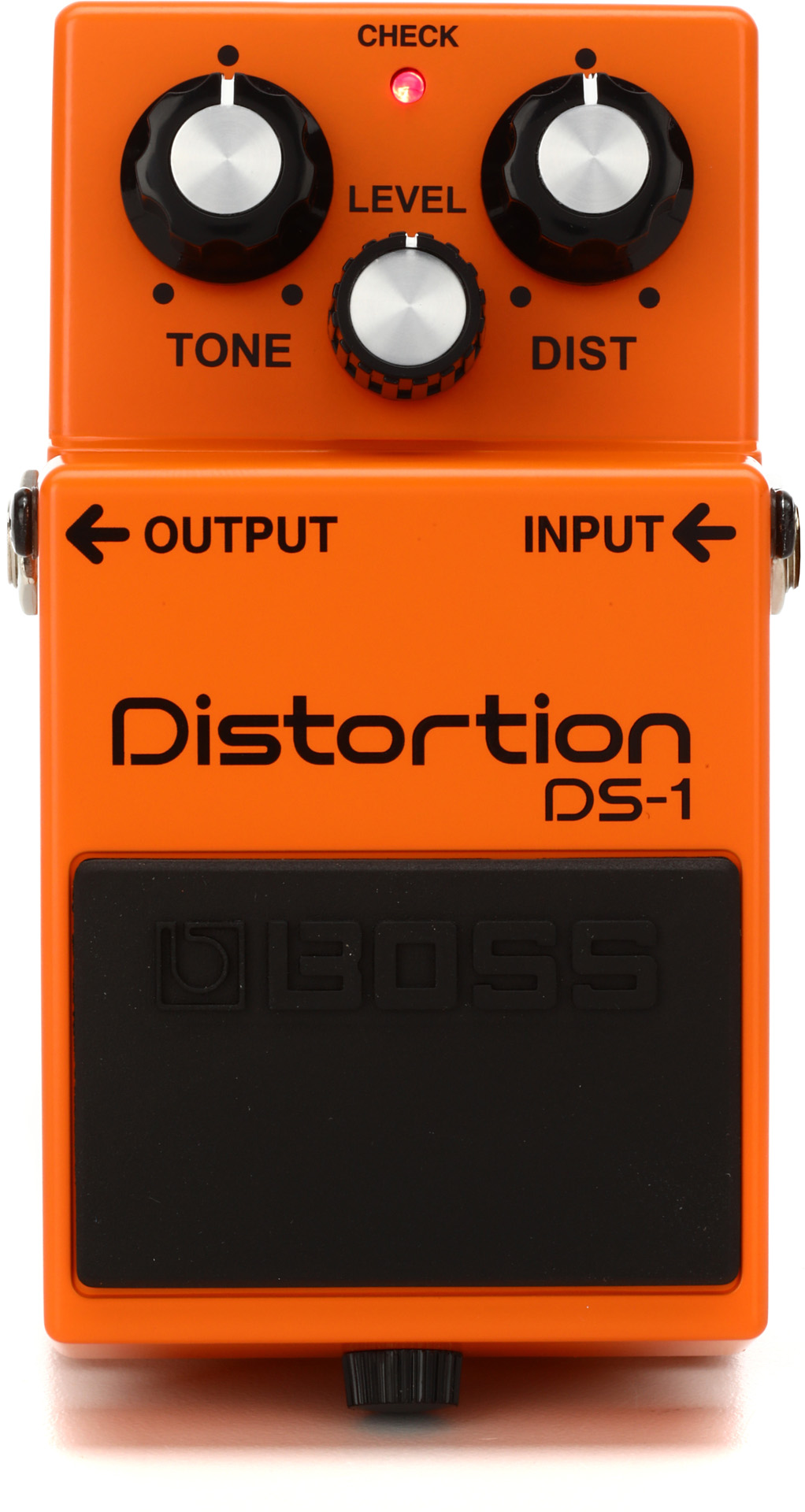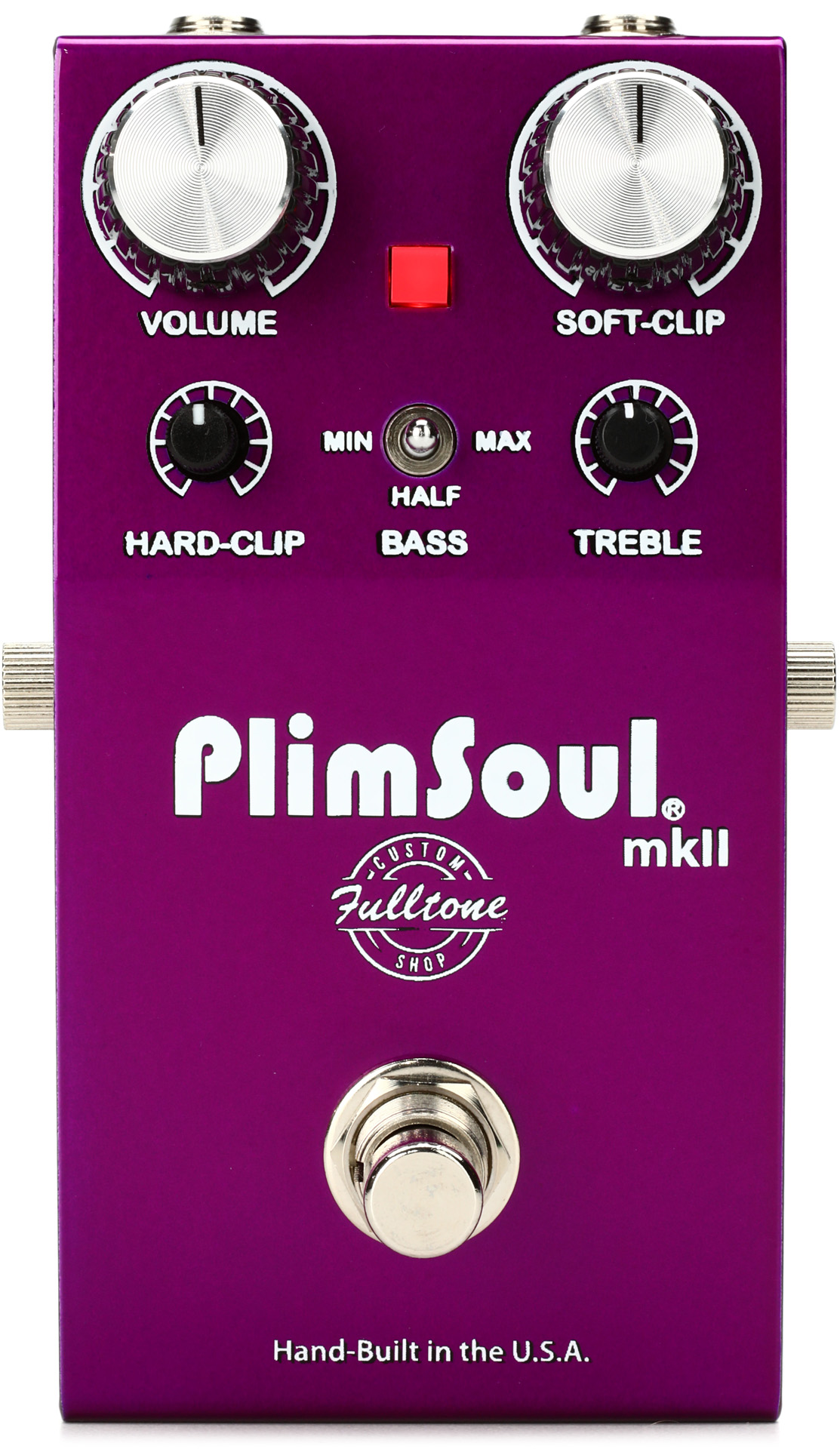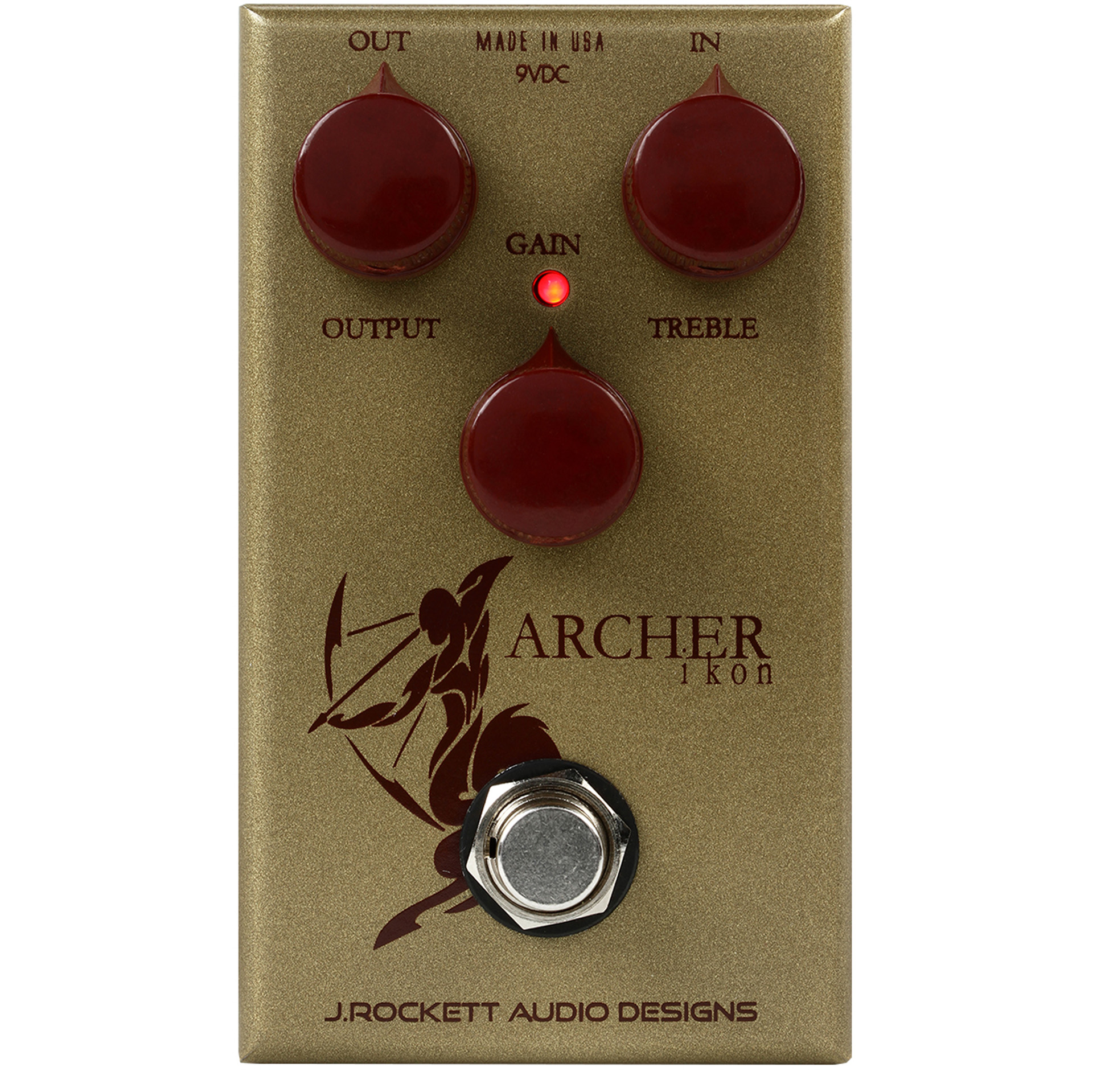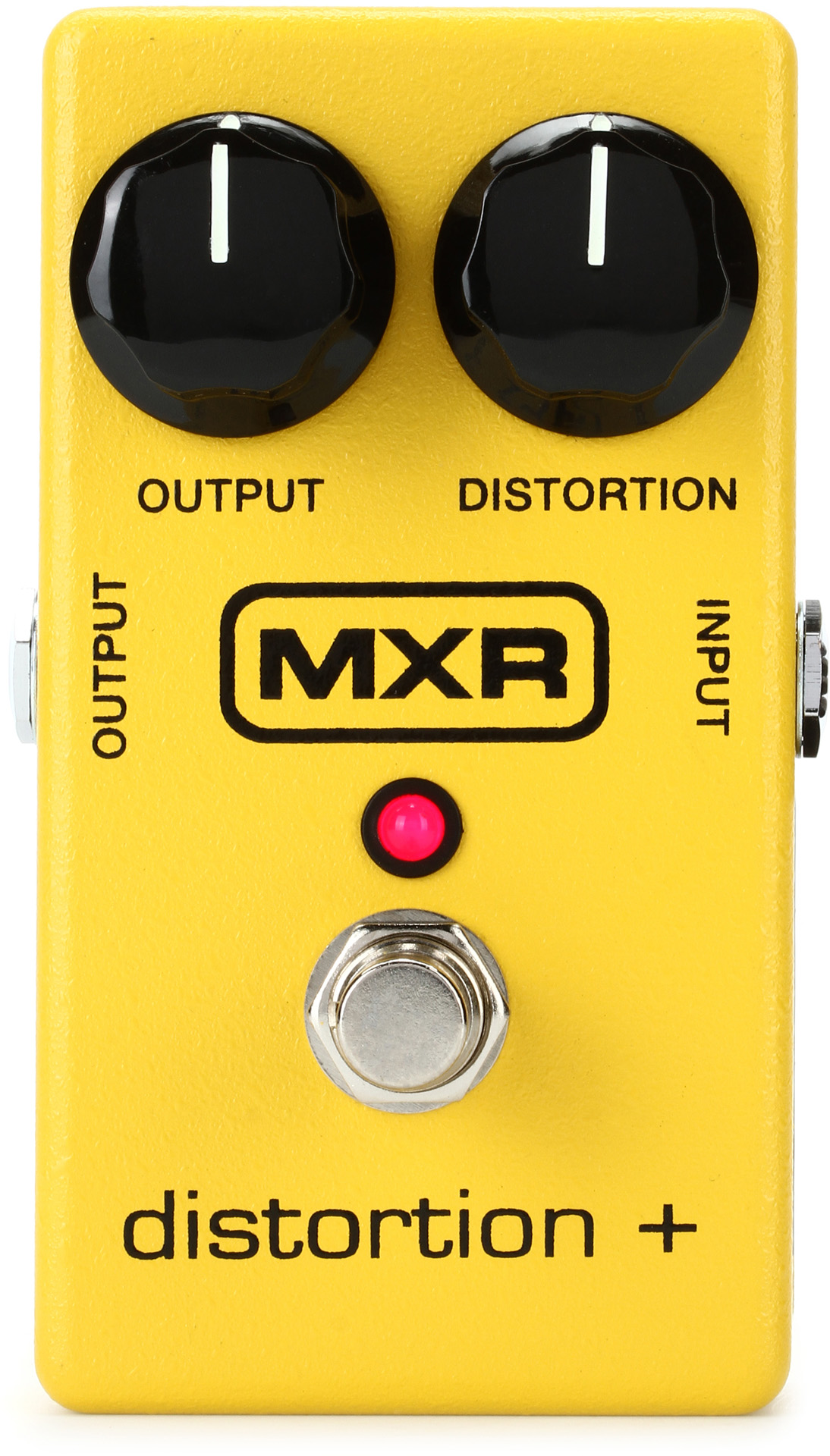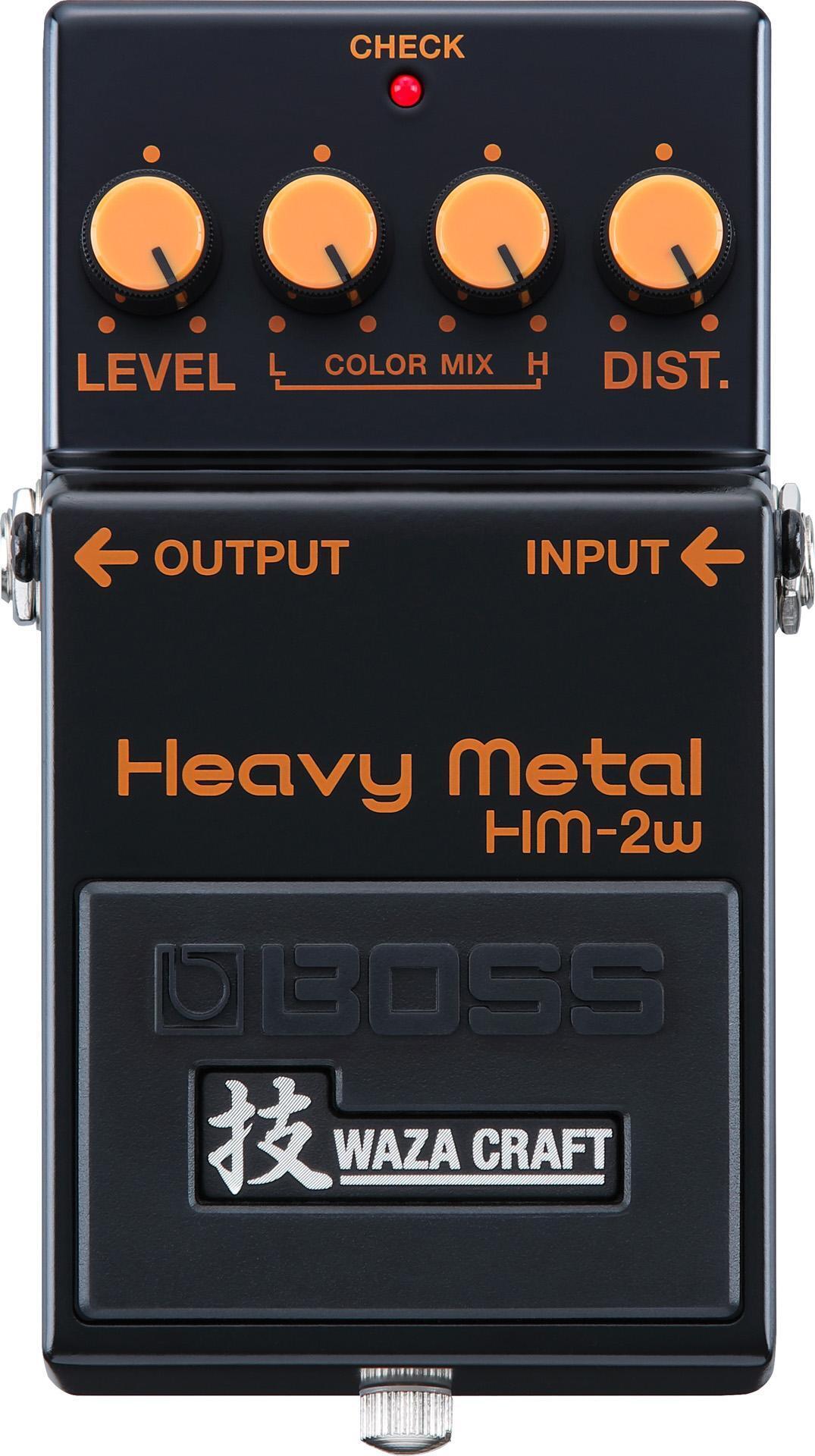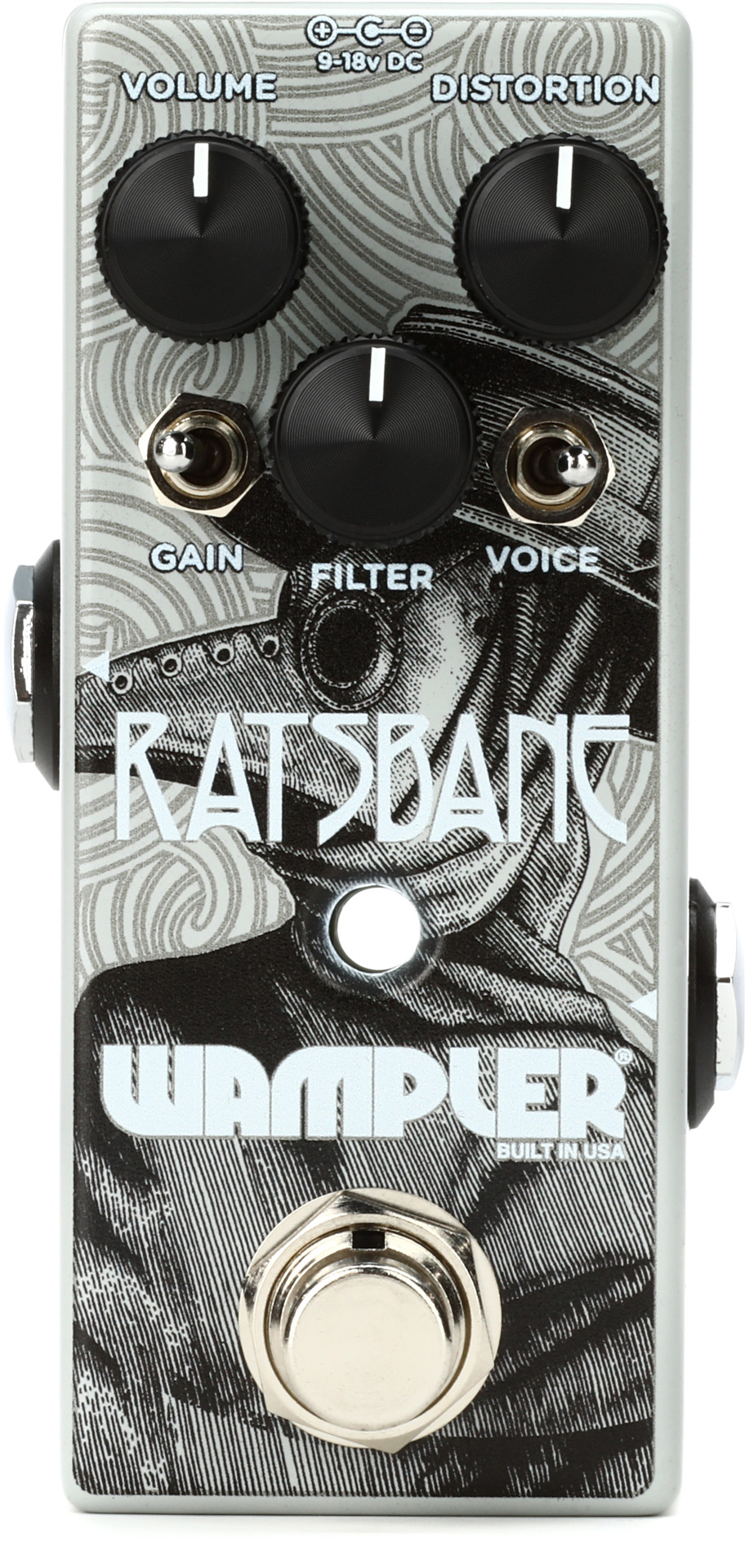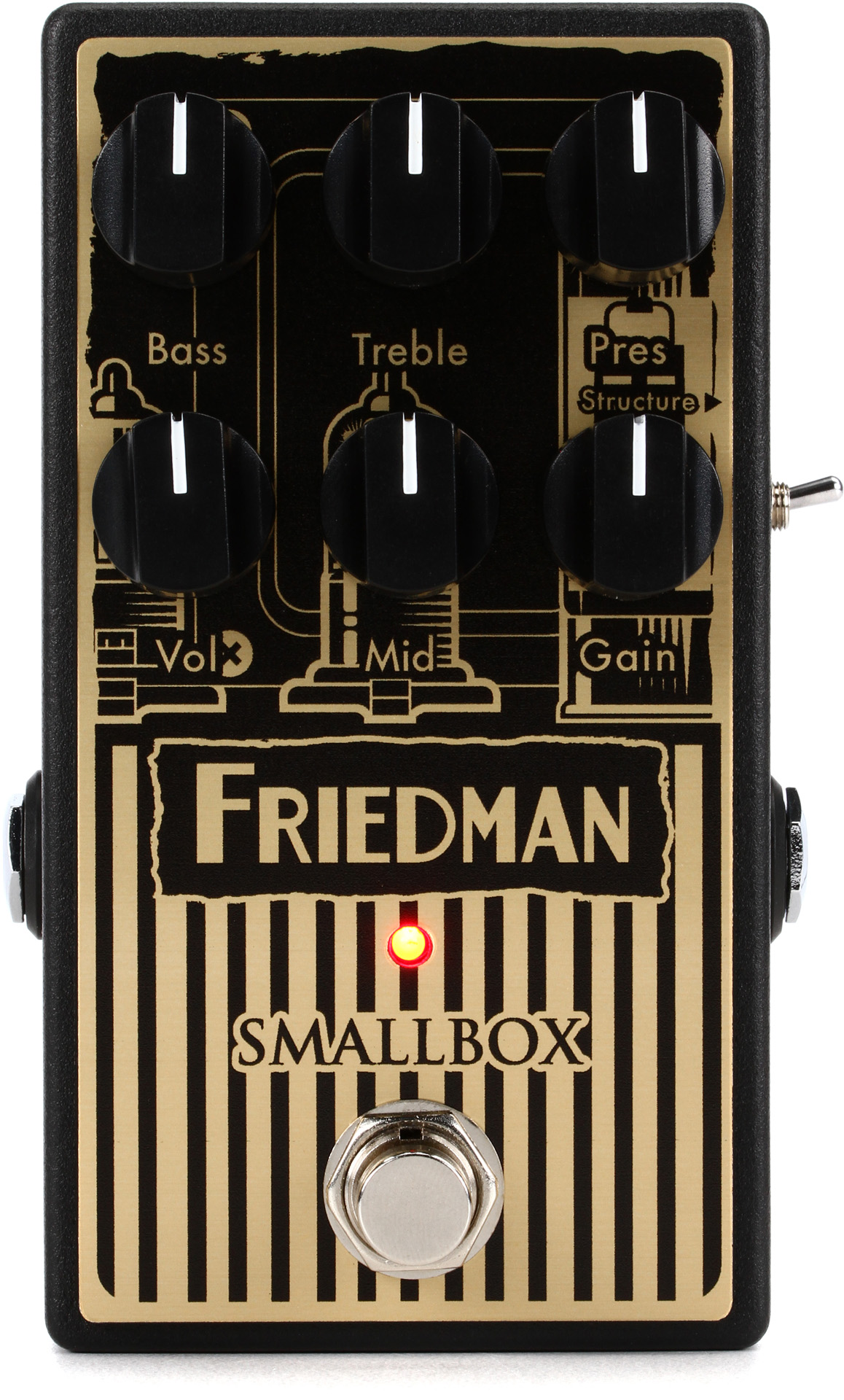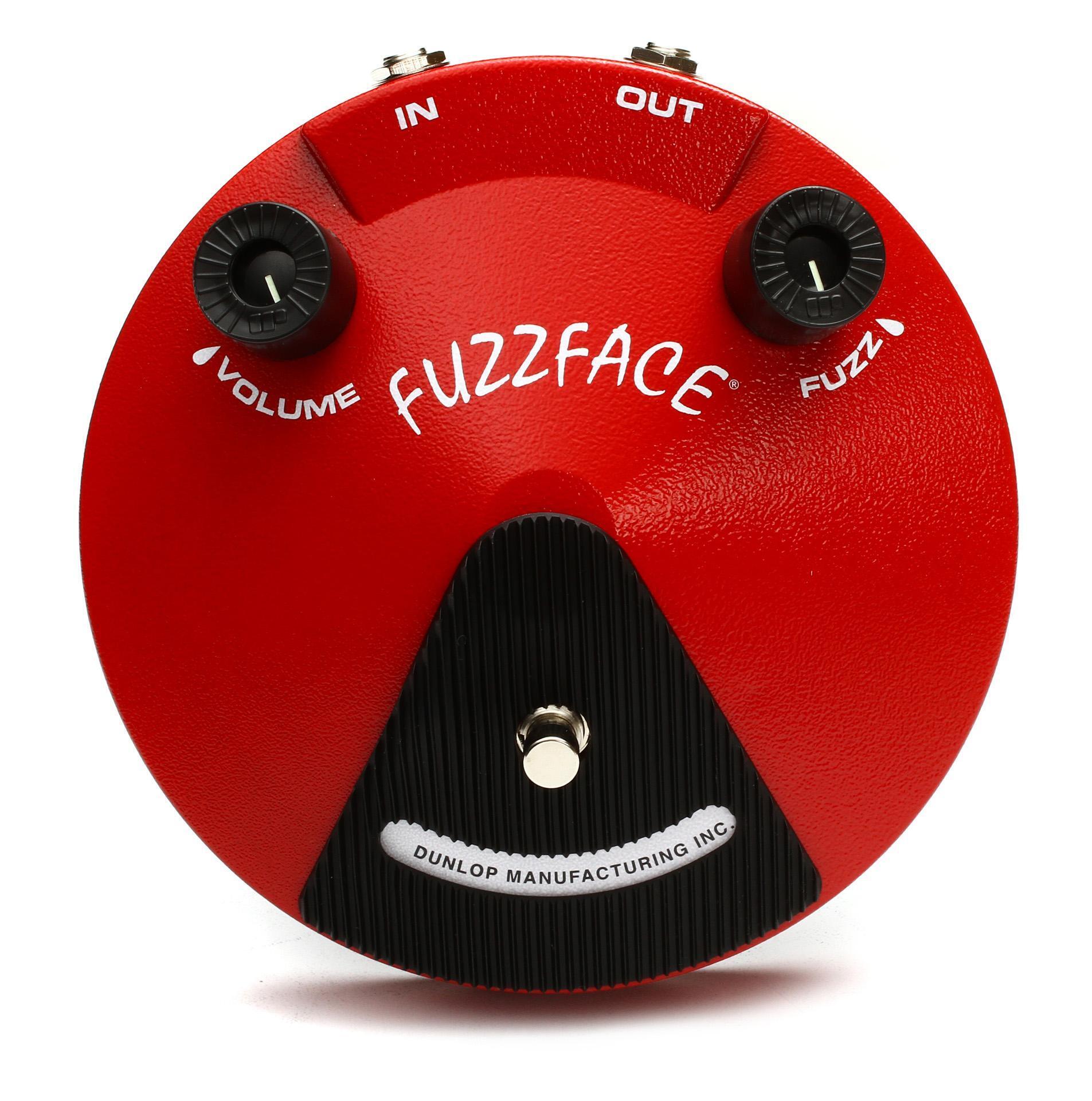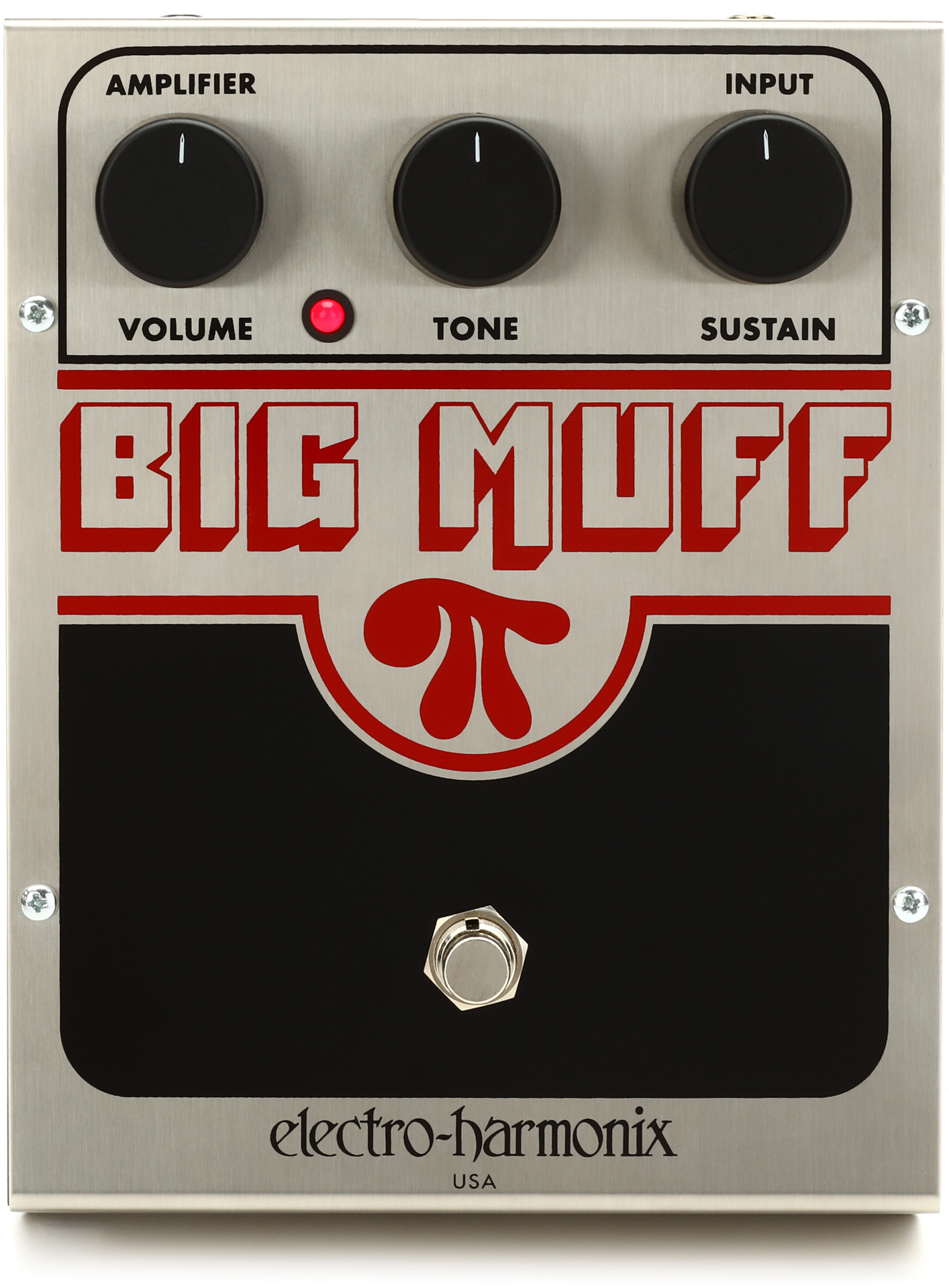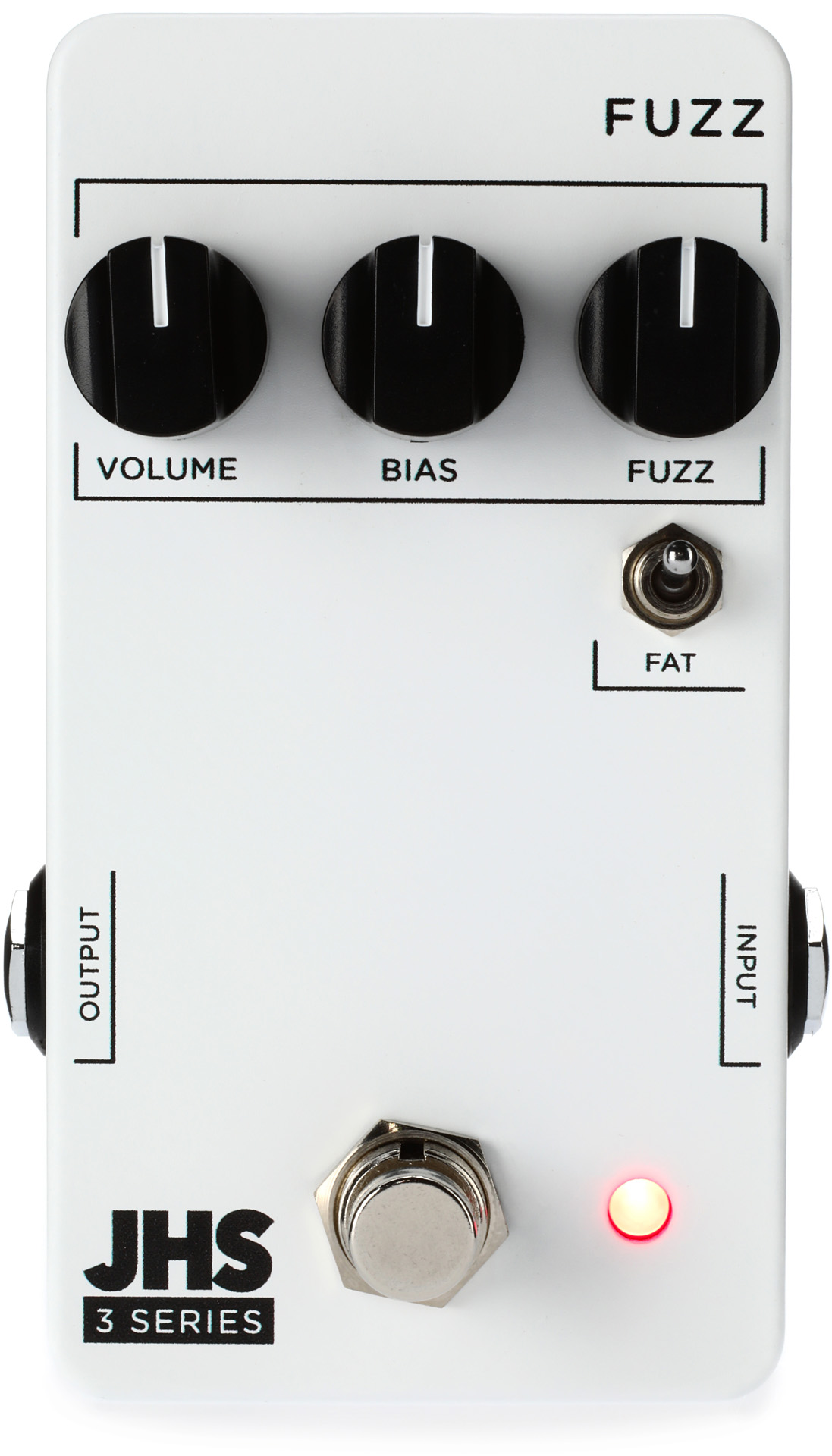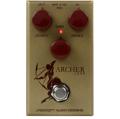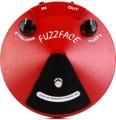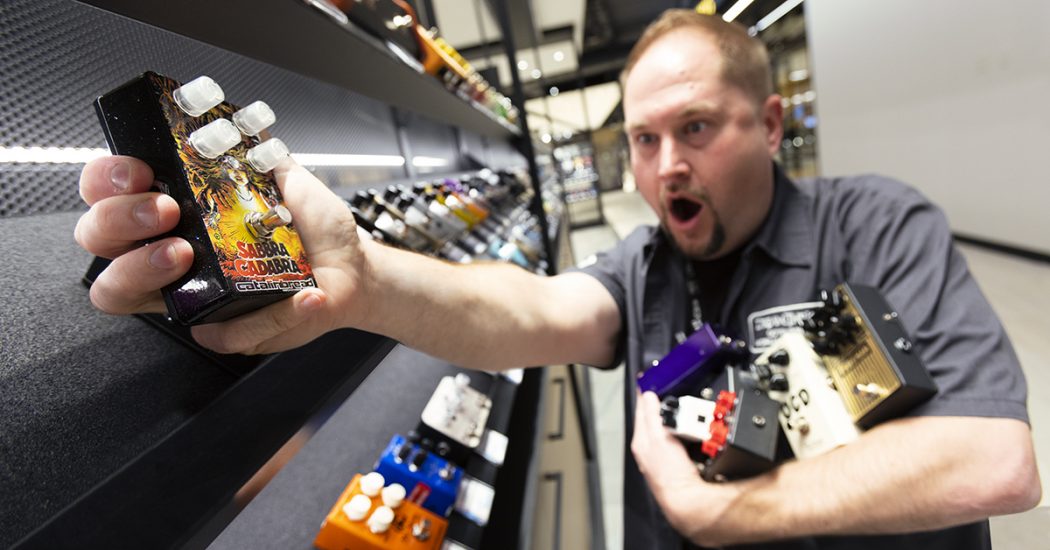
Ah, yes, the eternal, burning question practically all guitarists and bassists face during their playing endeavors. Those of you familiar with distortion pedals probably have at least one overdrive on your pedalboard or a classic, tried-and-true dirt box in your closet (the seemingly ever-present BOSS DS-1 comes to mind). That said, finding the perfect array of distorted tones can sometimes mean seeking out one or even a dozen different stompboxes. In this breakdown, we cover three categories of distortion pedals with additional information regarding soft- and hard-clipping overdrives (more on this later). Regardless of your answer, this guide will empower you to focus on those stellar sounds you hear in your head and to find the tools to make it happen — let’s get started!
For the uninitiated, Sweetwater’s own Nick Bowcott covers distortion extensively in his article titled “Boost, Overdrive, Distortion & Fuzz Pedals – What’s the Difference?“
Overdrives
The next time you’re attending a concert or taking the stage yourself, take a quick peek at the performing bands’ pedalboards — you’re guaranteed to find one or even several overdrive pedals raring to go. Guitarists and bassists use overdrive pedals in many different ways, responsible for everything from transparent clean boosts to pushing tubes to their breakup point and even full-on distorted tones. Overdrives come in all shapes and sizes with two types to consider when making your choice: soft clipping and hard clipping.
Soft Clipping
- MXR EG74 Raw Dawg Overdrive Pedal
- Catalinbread Sabbra Cadabra Clearwell Edition Overdrive Pedal – Sweetwater Exclusive
For many, the classic combination of an overdrive pedal with a tube amp is more than enough to get them where they need to go. Generally speaking, soft-clipping overdrives are used this way — a softer, rounder form of clipping responsible for many of those cranked Marshall Plexi sounds made famous decades ago. One of the great things about soft-clipping overdrives is their flexibility — they will produce a highly musical, usable sound in any situation. When placed in front of fuzz, distortion, or other overdrive pedals, finding the perfect amount of girth and grind is an easy feat with the soft-clipping overdrive shaping your tone and punching in even more gain if need be. With a clean amp and subtle knob tweaking, chiming, shimmering chords and leads with added grit are at your disposal. Have a delay or reverb pedal handy? Experiment with OD pedals in front of and behind your time-based and modulation stomps to create a sound all your own — you can’t go wrong with a soft-clipping overdrive in the chain!
Hard Clipping
- Ibanez TS9 Tube Screamer Overdrive Pedal
- EarthQuaker Devices Plumes Small Signal Shredder Overdrive Pedal
- JHS Morning Glory V4 Transparent Overdrive Pedal
While soft-clipping overdrives are great for low- and mid-gain applications, hard-clipping stompboxes are where things start to heat up. Rather than employ the soft-clipping method of diodes preventing your signal from completely distorting, hard-clipping pedals place these diodes at the end, clipping your entire signal. The result is much more saturated, producing the “distorted” guitar tone known so well today. Many hard-clipping pedals can safely push your amp into breakup territory, though many axe wielders use these as their sole source of heavy distortion. When used with reverb, delay, chorus, and other textural/spatial pedals, your mileage may vary — you could easily dial in both dark, ominous reflections and echoes as well as overly saturated, indiscernible sounds depending on your settings and configuration. With that said, experimentation is key to finding your voice, and there are no limitations to sonic possibilities other than your creativity and imagination.
Distortion
- BOSS DS-1 Distortion Pedal
- Fulltone PlimSoul mkII Overdrive Pedal
- J. Rockett Audio Designs Archer Ikon Boost/Overdrive Pedal
- MXR M104 Distortion + Pedal
Though distortion, in name, may sound off-putting to those unfamiliar with its sound, distortion pedals are a critical component of gain-drenched genres and playing styles. Some distortion stompboxes seek to emulate famous cranked-amp sounds, while others conjure a unique sound and character. One thing is for certain: kick one on, and you’re sure to unleash an onslaught of fat, screaming tones. The sound of a distortion pedal is undeniably large and luscious; however, they can be tricky at times when added to your signal chain. If your amp or modeler features an effects loop, then try running all of your time-based/modulation pedals through this to achieve the most pristine sound quality possible. When these pedals are placed after a distortion pedal set to high gain, they are being hit directly with all of your signal’s power, and this can produce an unsavory effect. The effects loop eliminates this possibility by running your pedals between your amp’s preamp section — the core of your tone — and the power section. This keeps your preamp free and clear from other sound sources and allows your distortion pedal to hit it at full force with the best tone possible. That said, for doom, drone, and other metal subgenres, cacophony is almost a prerequisite, and running distortion pedals directly into reverb and delay pedals may achieve your desired effect — try it for yourself!
- BOSS HM-2W Waza Craft Heavy Metal Distortion Pedal
- Wampler Ratsbane Distortion Pedal
- Friedman Small Box Distortion Pedal
Fuzz
The name says it all — fuzz pedals use intense clipping to yield unrelenting distortion in ways our previously mentioned stompboxes are generally unable. Fuzz pedals came about in the early 1960s with models such as the 1965 Sola Sound Tone Bender MKI and the ’66 Arbiter Fuzz Face. Depending on who you ask, fuzz may be the most divisive category of distortion pedals covered in this article. During their early days, fuzz pedals created some of the most intense guitar tones imaginable, and, while this remains true, their applications are now seemingly limitless. Single-note leads and solos always sound extra crunchy and glitched out with a fuzz, prominent in the Rolling Stones’ classic “(I Can’t Get No) Satisfaction.” Fast-forward a few decades, and doom/drone metal icons like Sunn O))), Boris, and countless others rely on fuzz to craft lush soundscapes combining beauty with brutality. Much like our previously mentioned distortion pedals, fuzz stompboxes generally serve as your primary source of dirt but can also boost and shape your amp’s sound in exciting ways. When paired with reverb and delay pedals in the effects loop, the results can be stunning — cascading waves of sputtery, overwhelming fuzz can envelop an entire venue in seconds.
So, Then . . . What’s the Answer?
The answer to “How many distortion pedals do you really need?” is quite simple: it varies. When it comes to honing your sound and experimenting with different tones in the studio, having at least one of each type of distortion pedal will only aid you in your sonic adventure. That said, for gigging musicians needing a specific sound, testing several of the pedals mentioned is your best bet. For many guitarists at Sweetwater, having multiple stompboxes from each type is not only of paramount importance in realizing their vision — it’s also incredibly fun and exciting! If trying them for yourself isn’t an option, then demo videos and sound clips like we have on our site are a great way of hearing these pedals in action. And, when you’ve decided on your next ferocious fuzz or always-on OD — or if you need help narrowing down the choices — give your Sweetwater Sales Engineer a call at (800) 222-4700 and treat your tone to gritty, distorted goodness!



